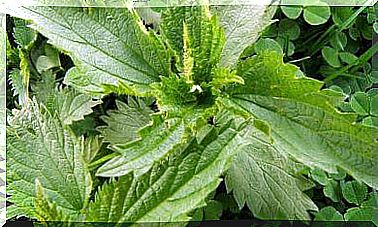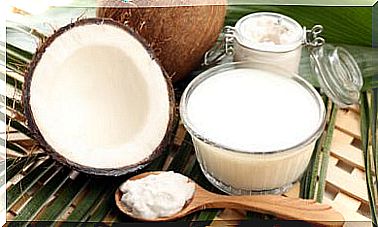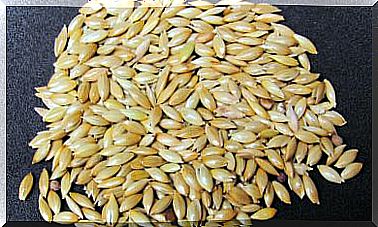Industrial Methods And Home Methods Of Food Preservation
At some point it has happened to us that we have stocked the pantry and in a short time the food spoils. Facts like this not only affect the wallet, but can also harm our health. Hence the importance of food preservation methods.
There are very different types. For example, there are many foods that we preserve in the refrigerator or freezer. Similarly, pasteurization, sterilization, and drying are heat-using food preservation methods.
Let’s describe them, then, briefly, to immediately move on to the food preservation methods that you can use at home. This way, you can make sure you don’t have to throw away any food, at least for reasons related to its conservation.
Food preservation
With the preservation methods, it is intended that the food last for much longer and that its consumption is easy. As highlighted in the book Handbook of Food Preservation , the conservation time and in which vegetables, fruits, dairy products, cereals or meats are transported, displayed in the store and bought, varies substantially.
Likewise, each food group has a particular chemical and physical composition that determines its method of conversation.
Key factors in food preservation

For the preservation process to be successful, it is necessary to take into account the amount of water that the food has in its composition, as well as its acidity. This is because water regulates the moisture and energy that a food can provide.
According to a study published by the Food and Agriculture Organization of the United Nations, both factors condition not only possible chemical reactions. Also, the amount of microorganisms that can be generated over the hours. Foods that contain less water also decompose, as a result of the action of microorganisms on them.
For its part, the acidity of a food is determined by its pH. Thus, when a food has a low pH, it is considered acidic. And conversely, if the pH is high, it is classified as alkaline.
Industrial food preservation methods
As compiled by a publication in the Cuban encyclopedia EcuRed , there are several industrial methods of food preservation that make it possible to extend the durability of meals. In the following space we highlight the most important ones:
1. Refrigeration
This method is suitable for foods with a pH greater than 4.6. This means that they must be stored at a temperature below 4 ˚C. Some of the foods that should be refrigerated are:
- meats
- Cooked poultry
- Dairy products
- Egg
- Seafood
- Fish
Fruits and vegetables could also be part of the group of foods that should be preserved at low temperatures. However, its storage time under cold must be short. In the case of fruits and vegetables, low temperatures only delay the growth of bacteria; it does not remove them.
2. Freezing
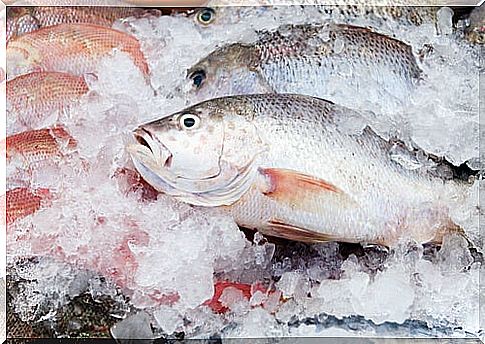
This is one of the most widely used food preservation methods. It involves the preservation of food at a temperature between -12˚C and -6˚C. Freezing at these low temperatures does stop the growth of bacteria, but it does not kill them either. A frozen food thus maintains its color, flavor and texture for a considerable time.
From a marketing point of view, consumers find a frozen product more attractive and fresh than a canned one. However, as these are more expensive due to the costs involved in their distribution and storage, they are sold less.
3. Drying
Dehydrated foods last longer due to reduced moisture. With this method, the activity of the water decreases and the microorganisms have no opportunity to develop. It is very common to dry fruits, vegetables and cereals.
This process consists of subjecting the food to hot air for a long time , although this will depend on the water content of the food in question. In fact, freezing and drying methods can be combined. This results in the extraction of the water in the form of steam, from the frozen food.
There is also spray drying. It consists of spraying a compound in a hot chamber, such as with powdered milk.
4. Pasteurization

It is the exposure to heat applied for a short period of time in order to eliminate the excess of microorganisms that the food contains. This procedure does not alter the taste or color of the food. The high temperature does help, on the other hand, to reduce bacteria and germs. It is a very widespread preservation method in the preservation of milk and juices.
5. Thermal process
This method is applied for the preservation of foods with low acidity. During this process, food is subjected to high temperatures to destroy the microorganisms that can decompose it.
The time and temperature applied depends on the pH of the food, its nature, as well as the size and type of the container. Usually a pressure cooker is used.
6. Acidification
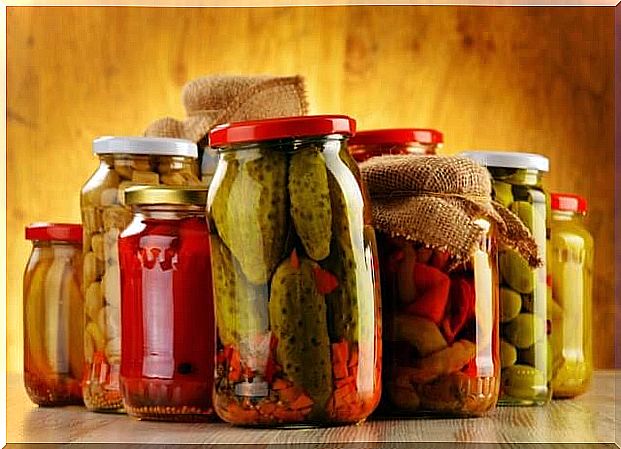
It consists of macerating a food with a pH greater than 4.6 in acid. In this way, it can be reduced. Such is the case with fruits and vegetables, whether they are fermented or not.
On the one hand, fermented foods are foods with a high pH, which are placed in a saline solution. Your goal is to convert carbohydrates into acid. This ferments the product, so it is not necessary to refrigerate to preserve it.
On the other hand, acid is added to non-fermented products; usually vinegar or citric acid. This gives the food greater consistency and therefore contributes to raising its quality. Beets and pickles are unfermented foods.
Homemade food preservation methods
A publication in the medical journal Paediatrics & Child Health , suggests proper handling, preparation and storage of food to avoid contamination. In this sense, they recommend, among other things:
- Separate raw food from cooked food.
- Wash hands before handling food.
- Eat food shortly after cooking.
- Precooked foods should be stored above 140 ° F (60 ° C) or rapidly chilled and stored below 40 ° F (4 ° C) to prevent the growth of any remaining germs.
- Store leftovers right away in the refrigerator or freezer.
- Eat cream-filled cakes, potatoes, eggs, or other salads with creamy dressings right away, or store them right away in the refrigerator.
- Make sure the refrigerator is set at a temperature of 4 ° C (40 ° F) or lower.
Now, there are other home-made food preservation methods that have been shared from generation to generation since ancient times. It is important to apply them with caution, as they are not suitable for all types of food. We detail it below:
1. Vacuum
It can be applied to any type of food. It is recommended to preserve sauces. It consists of leaving the food in a container with a bag in such a way that no air enters it. In this way, we will prevent the food in question from oxidizing.
2. With oil
It consists of leaving the food in oil to protect it from bacteria. It can be applied to preserve meats, vegetables, fish and cheeses.
3. In vinegar
It is the ideal preservation method for foods with a high level of acidity, such as onion, carrot and olives, among others. It consists of introducing the food in a jar with a mixture of vinegar, salt and sugar.
4. Smoked
Meats, sausages and cheeses are some of the perfect foods to smoke. With this preservation method, foods acquire a special flavor and consistency, which adds value.
5. Dehydration
It is suitable for preserving fruits. It consists of putting the food to dry in the sunlight or using ovens. You can also use artificial dryers.
Definitely
As you can see, the preservation methods are decisive when it comes to prolonging the shelf life of food products. In addition, we can complement them with proper food handling at home.


